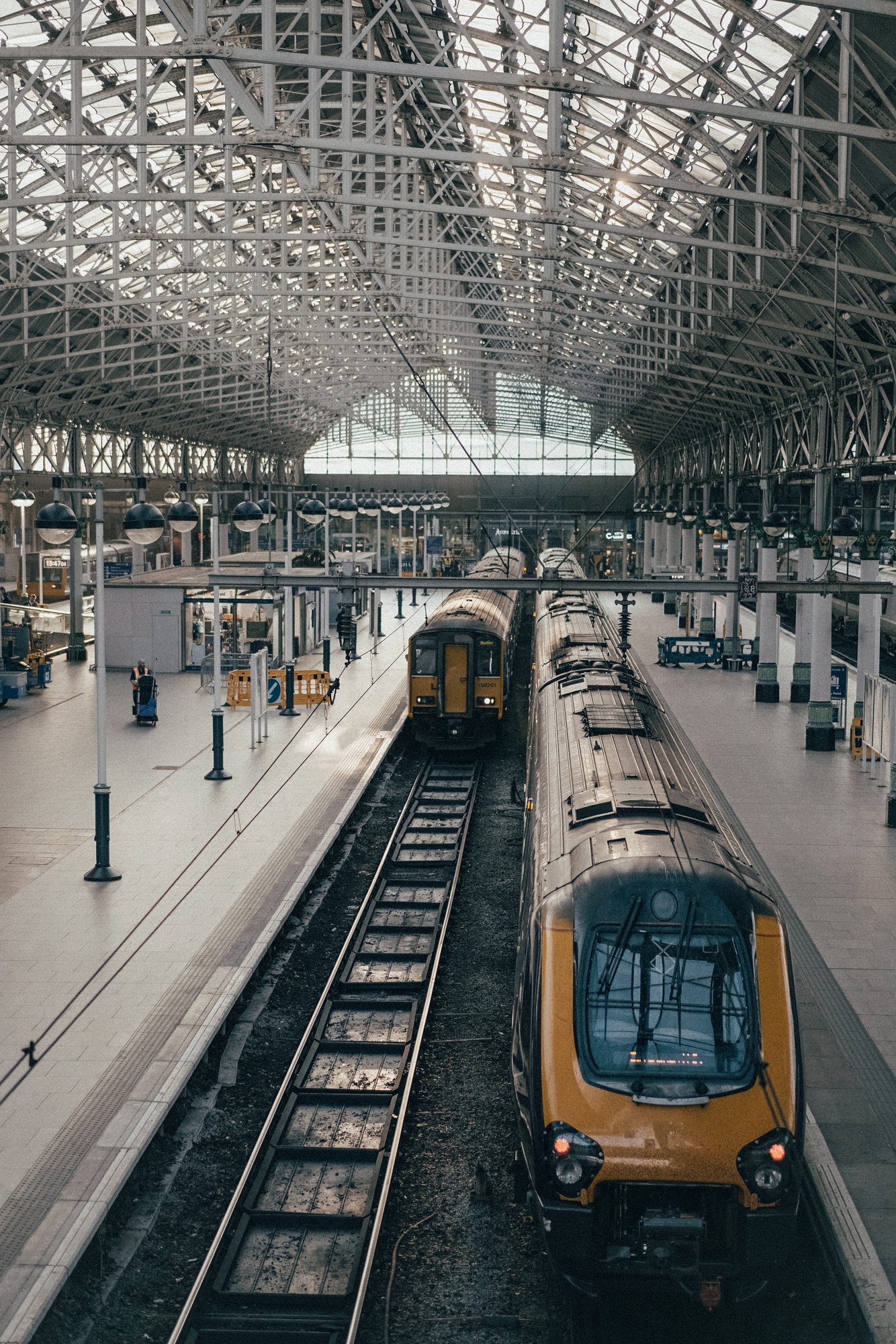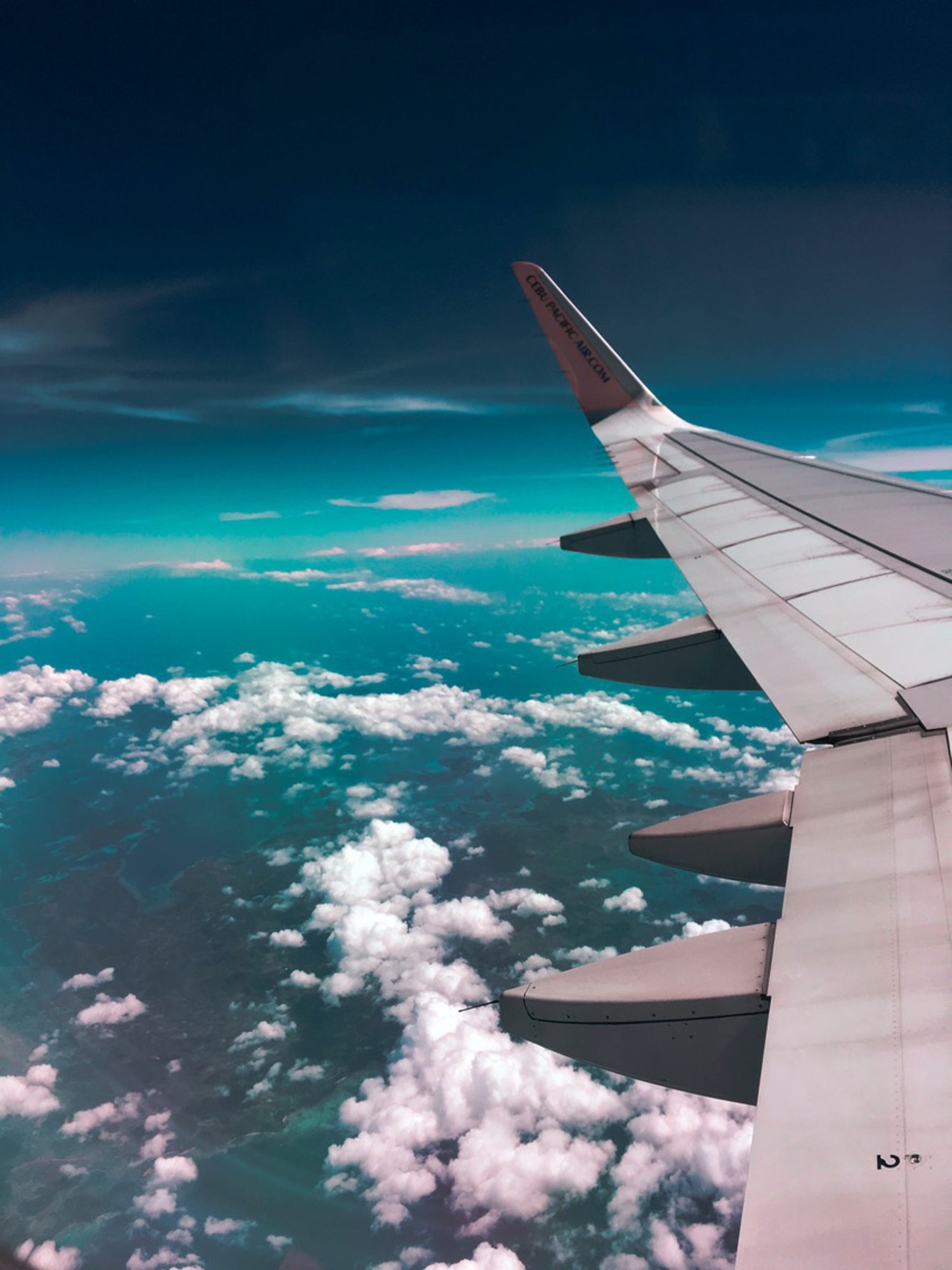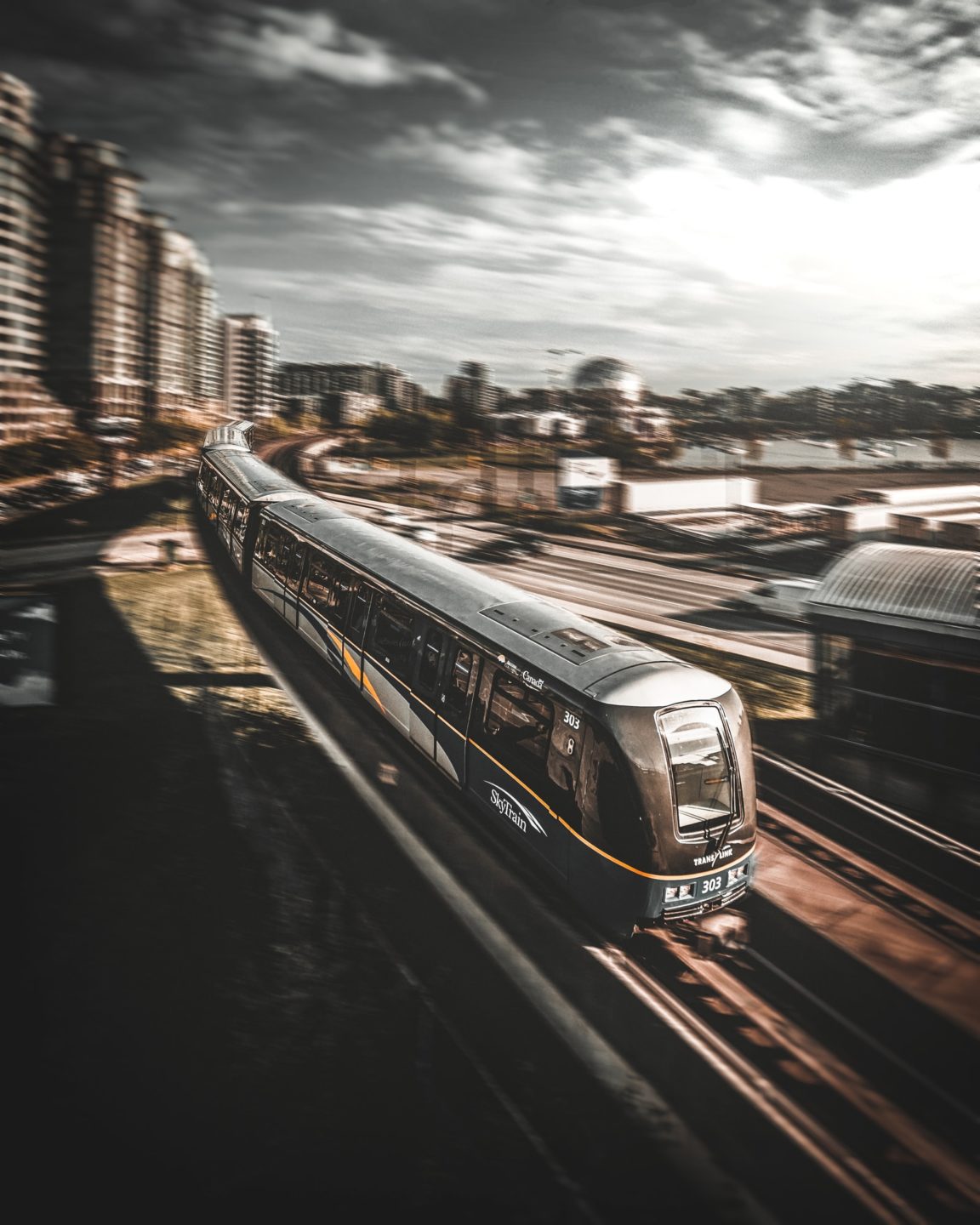Whether you’re travelling domestically or abroad, you’re often faced with the decision to travel by train or plane. Your choice might come down to budget, circumstances, or personal preferences.
In this article, we take a look at the pros and cons of plane and train travel to see which is the best option for you.
Train travel
The pros of train travel
Comfort
A big part of travel comes down to comfort. Trains have this covered, with the chance to walk up and down the aisle to stretch your legs during long journeys – something that’s not always possible to do during a flight. Meanwhile, train seats are usually larger and more comfortable than plane seats, with extra legroom.
For those travelling in a group with family or friends, four-seater booths with a table make it easier to sit and interact. Then there’s food – the cuisine served on trains is often a lot better than aeroplane food.

Less stressful
In terms of convenience, train stations are usually located in the center of cities, meaning it’s normally quick and easy to get there on time. It’s also typically easier to board a train, as you don’t have to arrive hours ahead of time and there are no luggage check-ins or security checks.
Ideal for digital nomads
For digital nomads, trains have some benefits. Some trains have power sockets and USB points, while large tables make working on a laptop easy, as does the complimentary WiFi.
Environmentally friendly
Finally, there’s the green benefit – train travel is the most environmentally friendly form of travel in Europe.
The cons of train travel
Time-consuming
Train journeys can definitely be time-consuming – travelling to a destination by train takes a lot longer than by plane, especially if it’s a long-distance journey.

Expensive
Cost is an issue too. Nowadays, train tickets are much more expensive than flights – up to 50% more expensive.
Fewer options
There are also fewer options for travellers, as there aren’t as many routes as air travel for various reasons (trains can’t traverse large bodies of water and passengers may require multiple interchanges/transfers etc.).
Less reliable
Finally, trains tend to be less reliable, with one study showing 22% of trains delayed compared to just 13% of flights.
Plane travel
The pros of plane travel
Fast
For most kinds of journeys, both international and domestic, nothing competes with plane travel for speed. For example, a journey from Barcelona to Malaga takes 6 hours by train and just 1.5 by plane.
Inexpensive
Those with a need for speed might also favour the lower prices of travelling by plane. The rise of budget airlines and flight search tools like Volario and Skyscanner means it’s easier than ever to get great deals on plane tickets.

More choice
With lower prices comes far greater choice, as air travel offers many more routes. While trains might have better short-distance coverage, flights can pretty much take you anywhere in the world.
Safe & reliable
Air travel is also incredibly safe. While trains are a safe means of transport, planes are the safest way to travel. They are also more reliable than most people realise. Chances are you’ve experienced flight delays, but the stats show that planes are still the most reliable form of transport.
More of an experience
Finally, there’s the experience. Frequent flyers might struggle to remember the magic of the first flight. But for those who don’t fly often, it can be an exciting experience – especially for children. And if parents plan ahead, it’ll be all the more memorable.

The cons of plane travel
Environmental effects
Plane travel is not the most environmentally friendly way to travel, although attempts are being made to address the issue and things could change in the future.
Health effects
As well as the health of the planet, there’s also the health of the passenger – the rigours of plane travel can take its toll. Again, with innovative trends and technologies in the pipeline, this stress could soon be a thing of the past.
Less comfort & time-consuming preparation
What’s more, plane travel – especially budget plane travel – can often be cramped and uncomfortable when compared to train travel. Passengers also need more time and organisation on either side of the journey, e.g. arriving early at the airport, and queueing at security, check-in, and boarding gates. Plus, airports are often located outside of the city.

Restricted luggage
Unlike train travel, there are limits when it comes to what you can take with you on an aeroplane. Checking in and collecting luggage is an added stress, too, especially if your flight is non-direct. That said, with newer solutions like Volario’s baggage check-thru service, which automatically gets your bags from A to C even if you’re taking a layover flight with different airlines, modern plane travel is certainly set to leave that stress behind.
The takeaway
So, which is better? Well, it depends. Trains tend to be the better option for short-distance trips, both in terms of comfort, convenience, and eco-friendliness. However, the longer the trip, the more plane travel takes the prize. Not only is it far cheaper, but it’s safer, quicker and there’s far more choice.
The key takeaway is the potential. Each of the cons of air travel could soon be history. When it comes to the environmental impact, the stress of the journey, and the necessary extras involved in plane travel, there are so many improvements on the horizon.
Moreover, a new movement known as intermodal travel – using two or more modes of transport during the same journey – is gaining speed too. This will see travellers being able to book every step of their trip – plane, bus, train, and more – as part of a single, cost-effective itinerary. Many online travel agencies, including Volario, are already working on this ultra-convenient solution.
So, while for now there’s definitely a place for train travel, advances in the aviation industry could mean that planes – or a tactical combination of the two – will soar ahead in the very near future.





